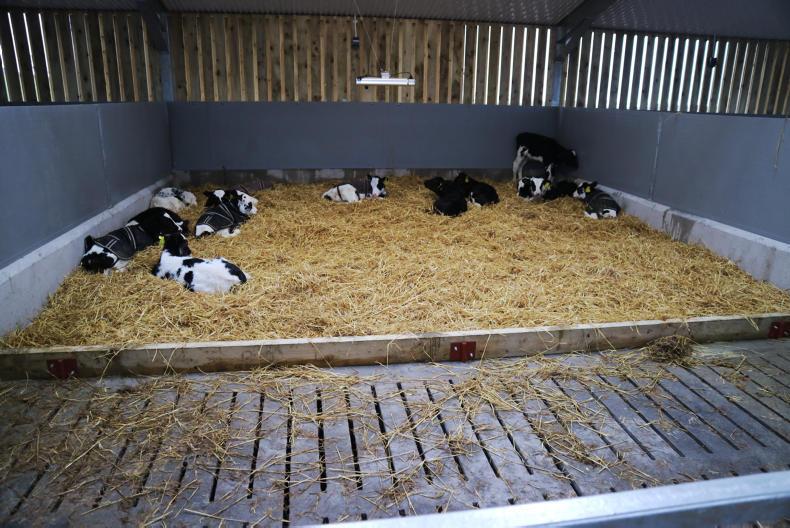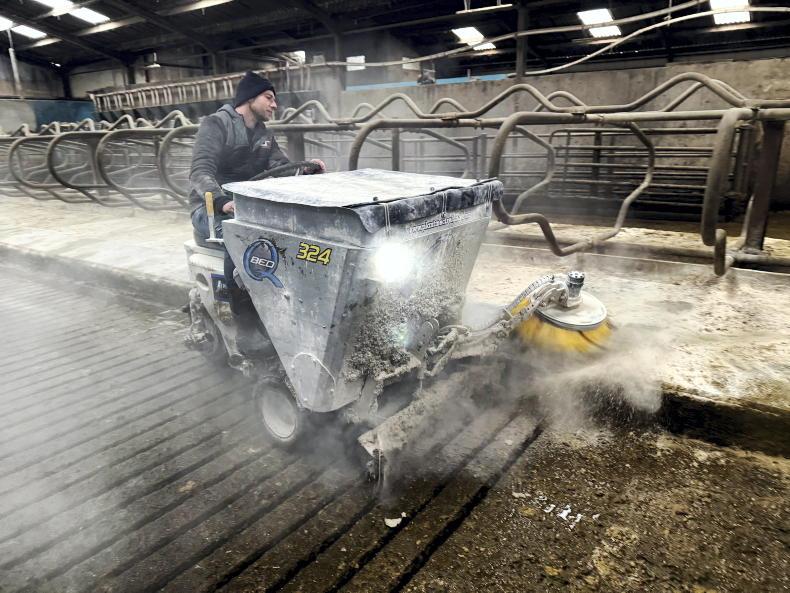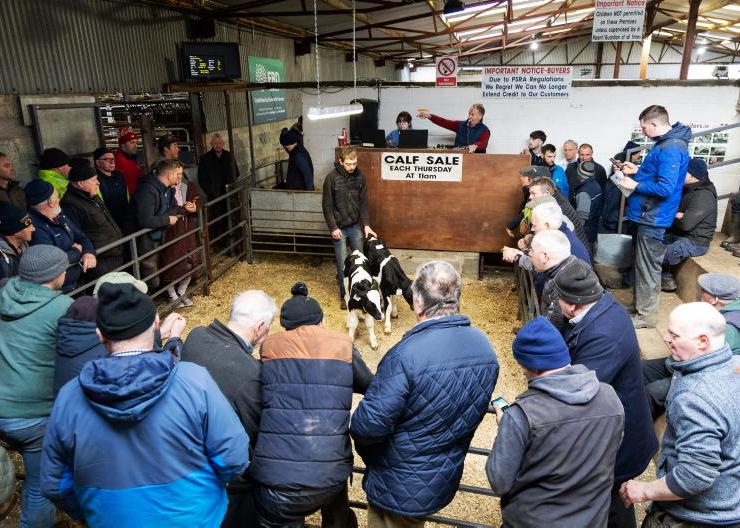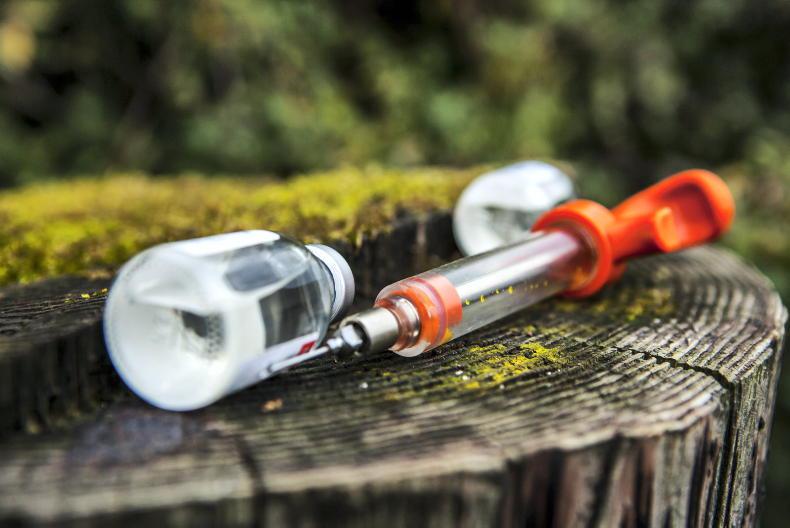In the last article, we looked at budgets. If having completed your budget you are happy to progress with calf rearing, then the following steps should be considered:
1. Number of calves to rear
Nobody learns to drive a tractor on a Fendt 942; you start on a Massey Ferguson 35 and work your way up – calf rearing is no different. If this is your first time rearing calves, the best advice is to start with a small batch of 10 to 15 in year one. Like everything, there is a learning curve with calf rearing.
Farmers can sometimes underestimate the time and effort required to successfully rear calves. While it can be seen as an attractive side line to the main farming enterprise, during the first few weeks on farm, calves need to become priority number one.
It is better to do a small number of calves well, learn from the inevitable mistakes and carry that experience into the following year with bigger numbers.
2. Housing
Having sufficient housing for calves should be the next consideration. The minimum recommended floor space per calf is 1.8m2. This means a typical 4.8m by 4.5m shed bay should hold no more than 12 calves per bay.
While this may seem low for two-week-old calves, remember that they could be 100kg to 120kg by the time they leave the shed, depending on when you get them out to grass.
This is another reason for not overdoing calf numbers in year one until you see the stock holding capacity of the sheds you have on farm.
Remember, the higher the stocking rate is in a shed, the greater the disease risk is for calves.
3. Moisture
Bedding and ventilation can be seen as two important and separate issues in the calf shed; in reality they should go hand in hand. The success of bedding quality and longevity relies heavily on sufficient ventilation.
Putting it at its most simple, we want to avoid as much moisture in a calf shed as possible. Moisture provides the breeding ground for many bugs and bacteria that can cause sickness in calves. If we remove the moisture, we limit the number of bugs in the environment and their ability to survive.
Also, if calves are lying on a wet bed, it lowers their core temperature. To combat this, they will be burning more energy just to keep themselves warm. This is energy that should be helping the calf to gain weight and instead is being diverted to simply maintain their temperature.
Successful ventilation means there is good airflow in the shed that takes away stale damp air from the calf’s environment.
It is also important that calf sheds are draft-free. Air inlets should be above the height of the animals in the shed.
Things to consider here are along the bottom of sheeted gates where a draft can enter just where calves are lying. Belt rubber should be fitted along the bottom of doors to exclude the draft.









SHARING OPTIONS